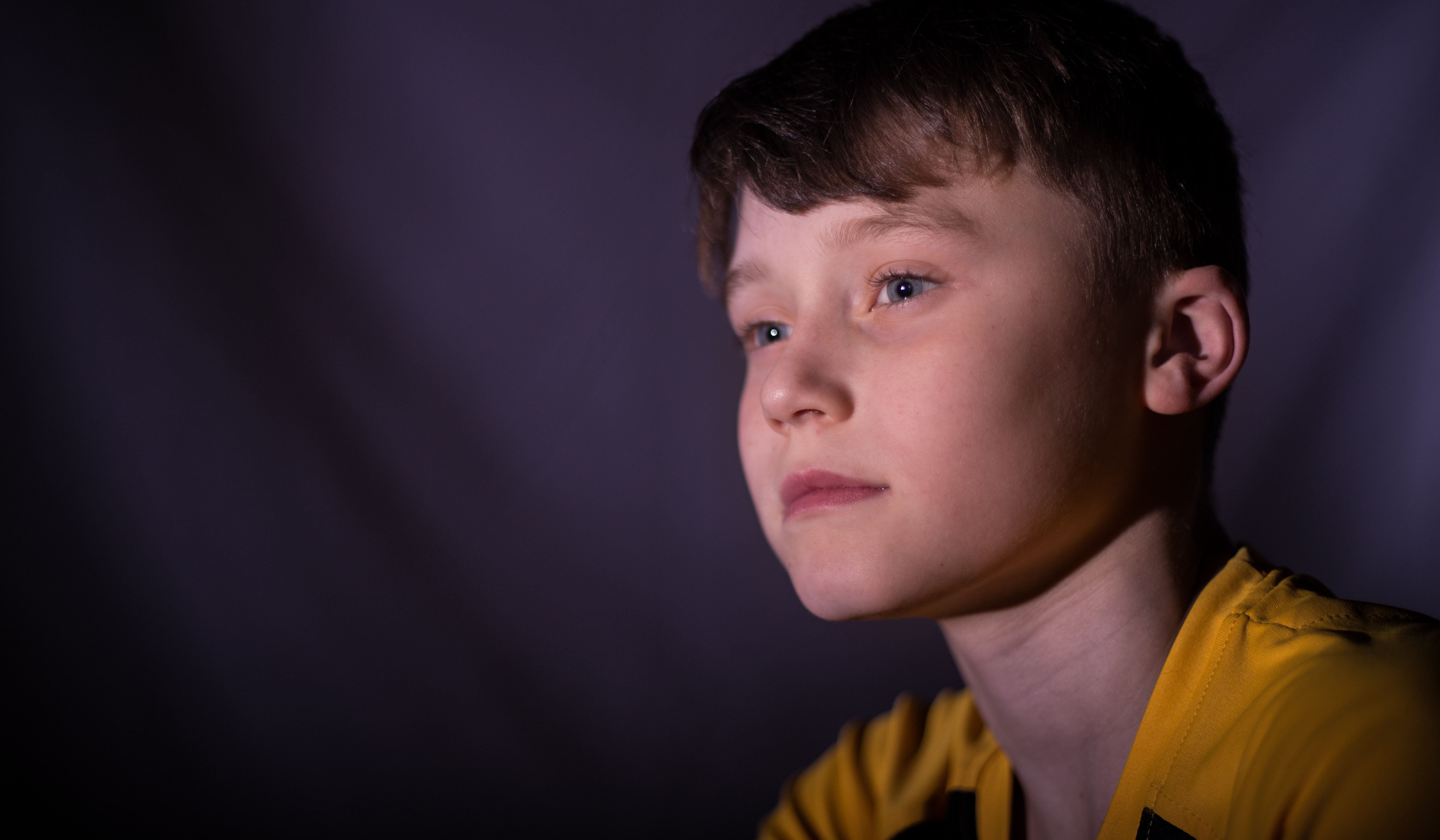Differences in How Children Recognize Facial Expressions of Emotion

Each child has their own path in development. This unique and wonderful path creates differences in when and how a child sees the world around them. According to research, on average “by 4-6 weeks infants begin to establish eye contact and smile, by 6-8 weeks they can show a preference for face-to-face interactions and are very responsive to their caregivers’ facial expressions, movements, and voice tones, and by 3 months they can recognize and respond to the emotions of their caregivers.”(Davies, 2004). However, not all infants take this path. The range of when, how, and what children respond to makes their development interesting, exciting, and unique.
Basic elements of social and emotional development
According to Marian Sigman’s model for development of socioemotional understanding (Saddock and Ruiz, 2017), there is an interconnection between the following:
- Basic emotional responses
- Attention to and perception of vocal, facial, and behavioral displays of others
- Awareness of others’ emotional responses
- Understanding of others’ views and desires
- Understanding of beliefs
- Perception of one’s own emotional responses
Let’s focus on the “attention to and perception of facial displays of others”. We know that children can have a wide range of abilities regarding attention and perception. This, in turn, affects basic emotional responses, perception of one’s own emotional responses, and social interactions. The development of attention to and perception of facial expressions of emotion can depend on multiple factors, such as genetic and environmental factors. The following are examples of how these factors may impact a child’s ability to recognize facial expressions of emotion.
Autism
Autism is a condition which is characterized by a range of difficulties in social skills, repetitive behaviors, speech, and nonverbal communication. Infants with autism have been observed to lack eye contact, have fewer socially directed behaviors, and decreased vocalizations, pointing, and interest in other children.
Functional neuroimaging findings of children with autism have shown an underactivation in certain areas of the brain associated with the facial expressions of others. One particular area is the ventral surface of the temporal lobe during face perception tasks. This area is otherwise known as the fusiform face area. In addition, the amygdala is abnormally active during facial recognition tasks.
Due to these challenges, a component of autism treatment involves teaching children about facial expressions of emotion and utilizing this to develop social skills.
Post-Traumatic Stress Disorder
There are also environmental factors that affect a child’s socioemotional development. This can be seen when a child experiences trauma. According to one study, maltreated children show heightened ability to identify fearful faces, evidenced by faster reaction times relative to controls (Masten, et al. 2008). Post-traumatic stress disorder is characterized as exposure to a traumatic event which results in symptoms that include reexperiencing, avoidance and numbing, negative alterations in cognition and mood, and arousal and reactivity. A person that has experienced a trauma, may develop heightened attention toward high emotional states which may, in turn, affect their recognition of facial expressions of emotion.
Attention Deficit and Hyperactivity Disorder
Attention deficit and hyperactivity disorder or ADHD is a neurodevelopmental disorder characterized by struggles with attention, hyperactivity, and impulsivity. A study was conducted investigating the identification of facial expression of four emotions (joy, anger, disgust, and sadness) in a group of 30 children aged 7-12 years who met criteria for ADHD disorder of the predominantly hyperactive-impulsive type. There appeared to be an impairment in decoding facial expressions of emotion, particularly with anger and sadness for these children. In turn, the impairment correlated with interpersonal problems and lack of recognition of decoding errors. (Pelc, et al. 2006)
Treatment and Future Research
Despite differences that can occur in development, every child can benefit from learning ways to recognize facial expressions of emotion. Teaching tools such as the My Mood, My Choices feelings poster and/or flipbook are great ways to support a child’s social and emotional development.
The neuroscience behind the recognition of facial expressions of emotion is an important area of research that continues to be explored. The knowledge gained from this research will continue to help us develop ways to support children in their continued social and emotional development.
Written by Kari Hancock, MD, a child psychiatrist and mom, who has worked with kids, caregivers, teachers, and medical professionals for over 13 years.
Also in Blogs

Does Your Child Live in a High-Conflict Environment?

“What's On?” The Impact Of Media On Kid's Emotional Well-being

